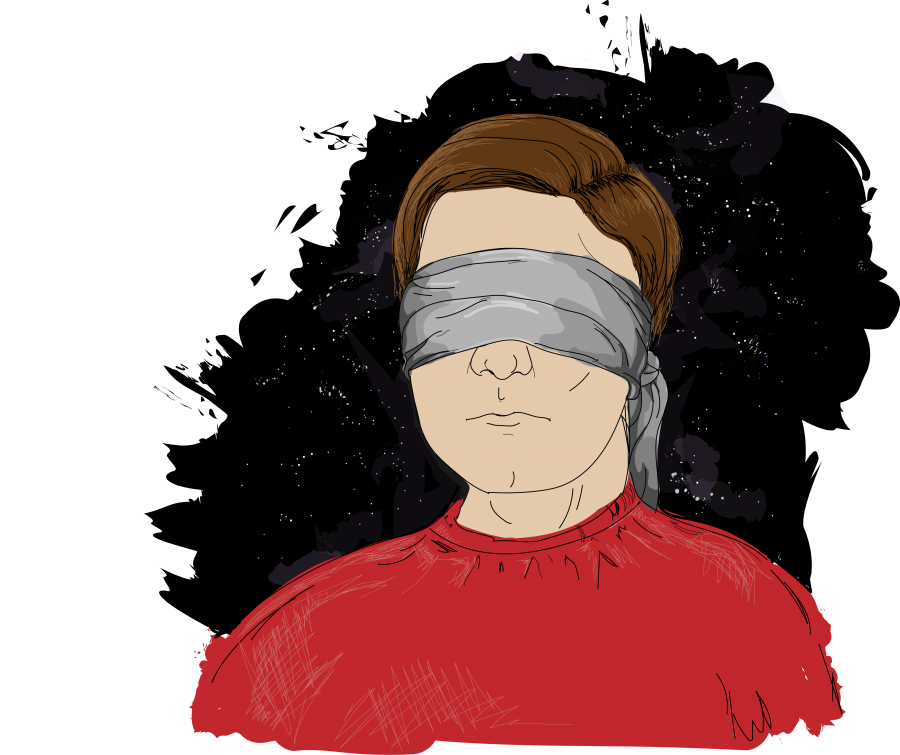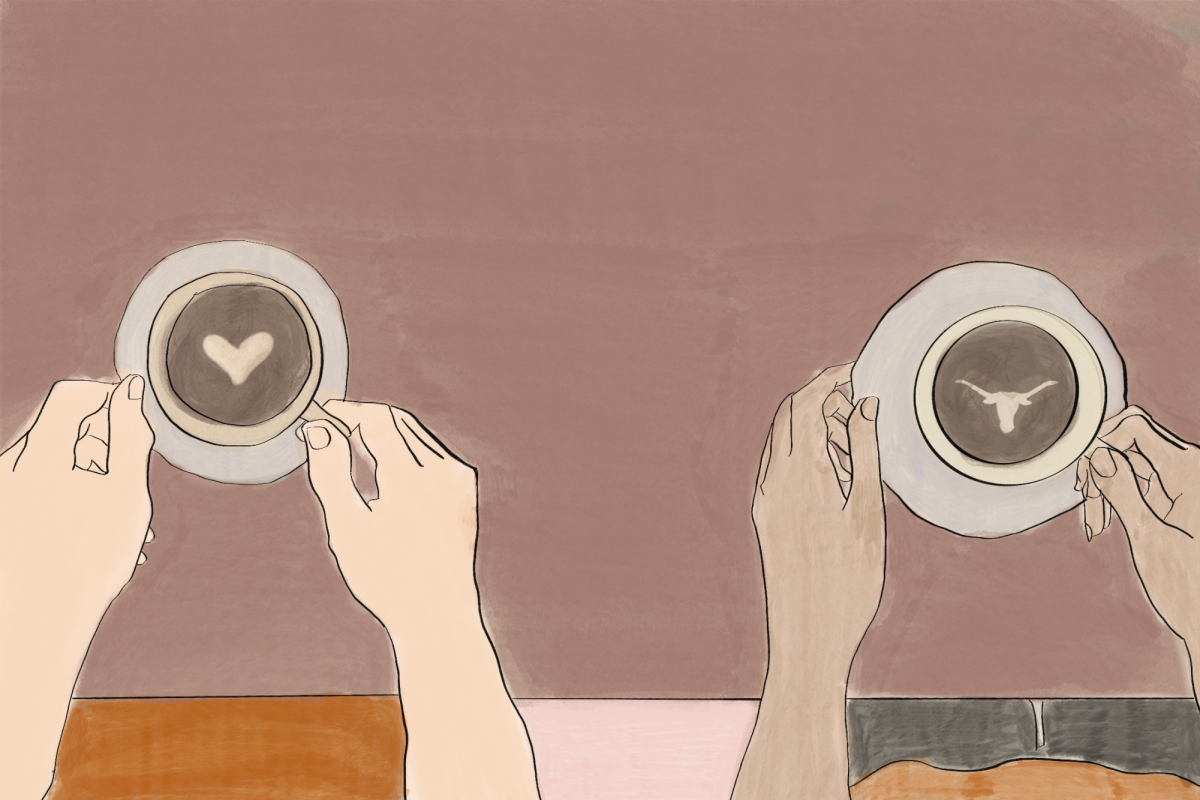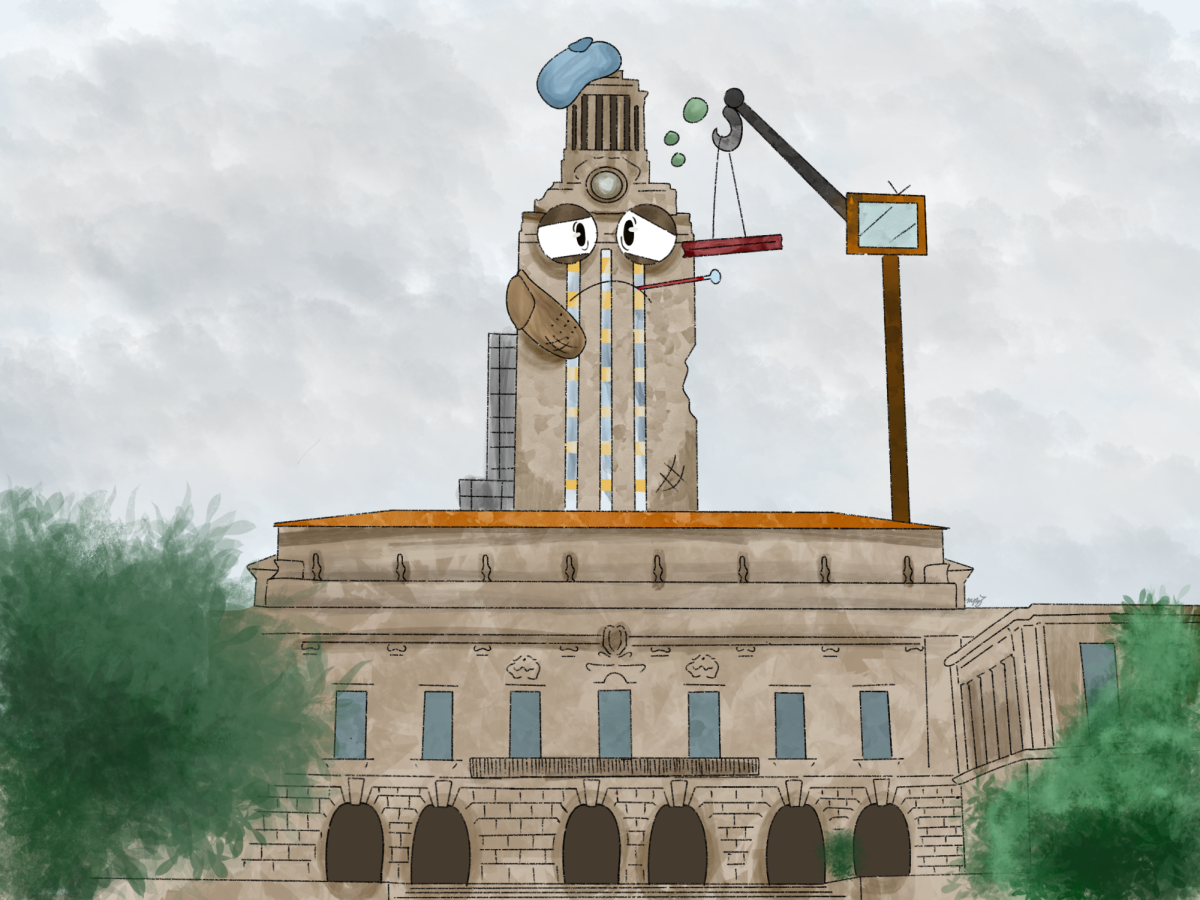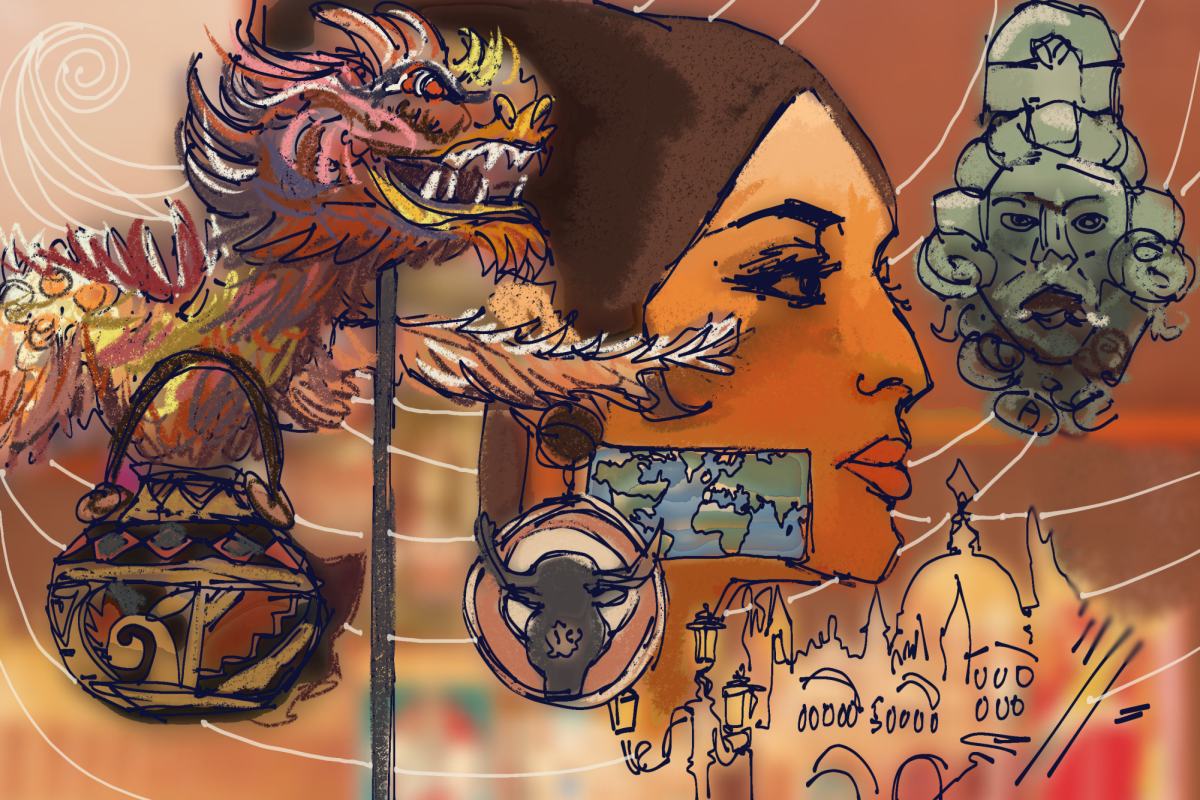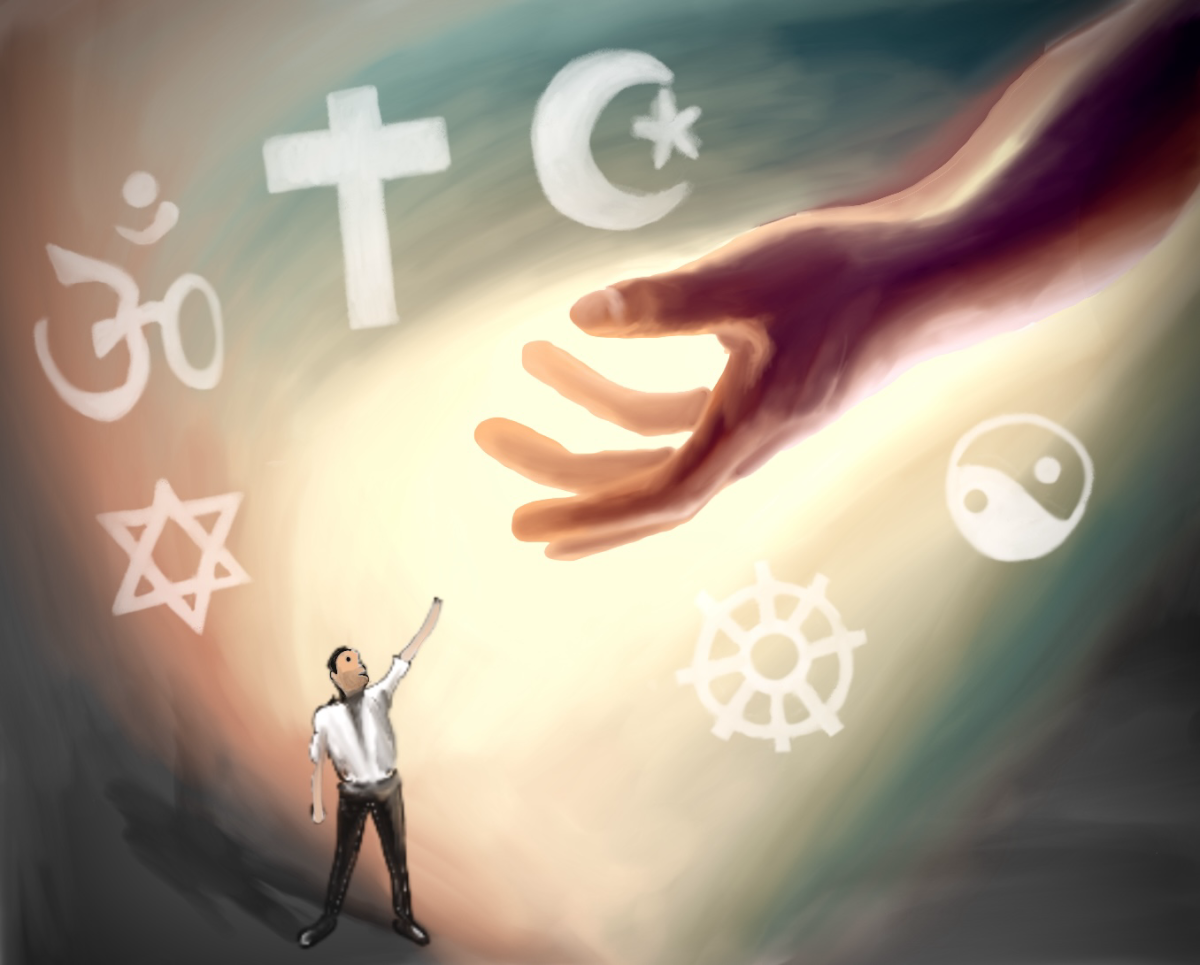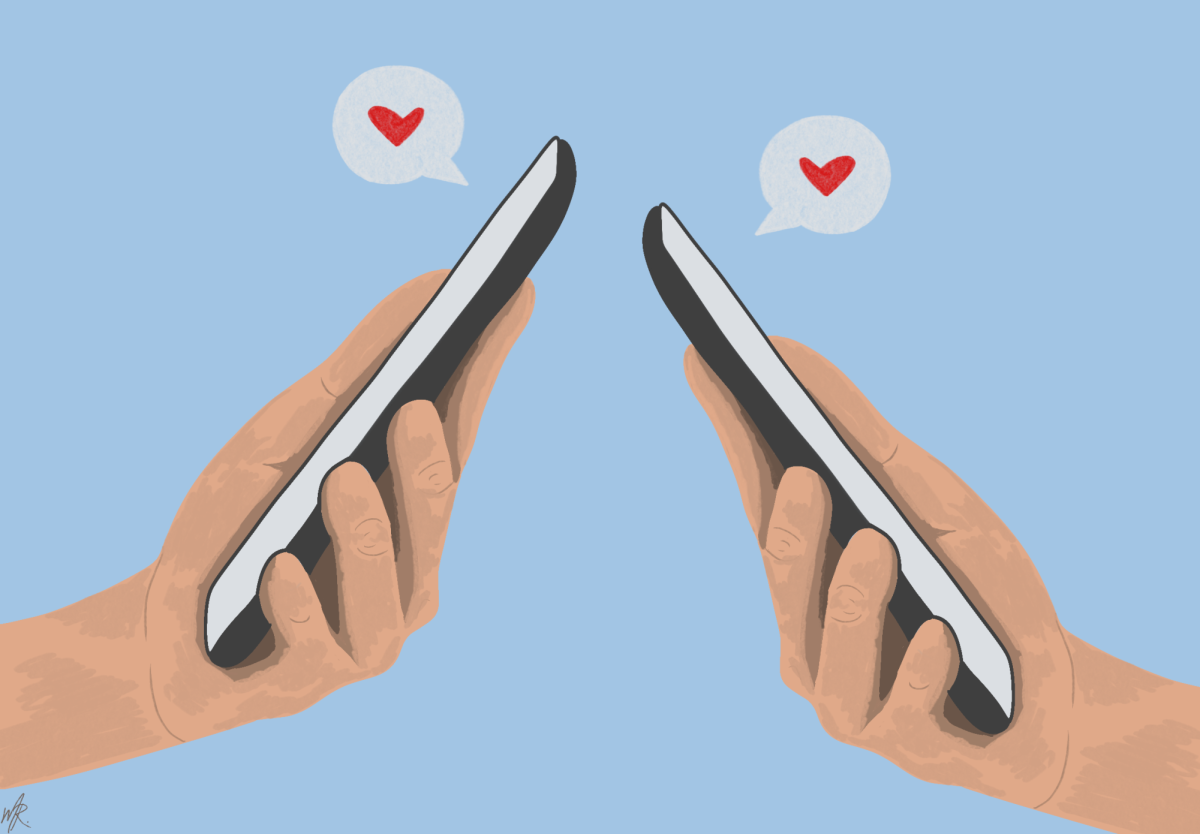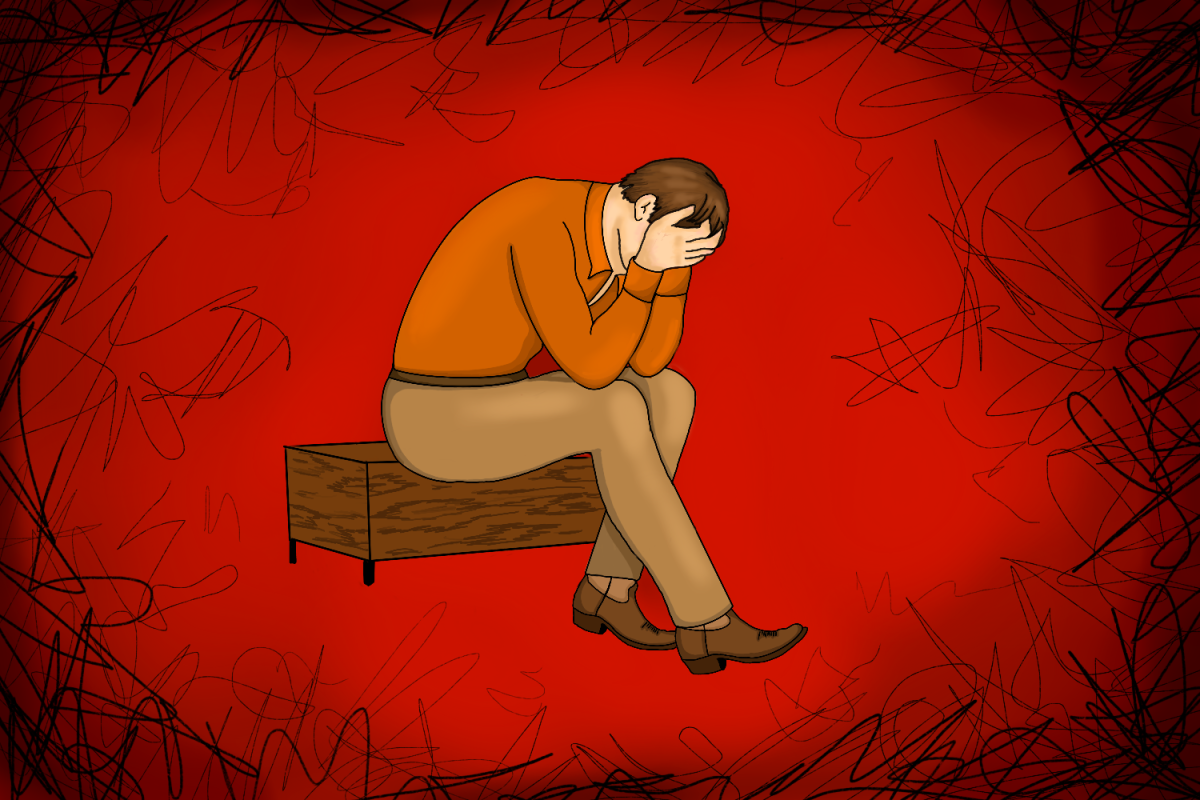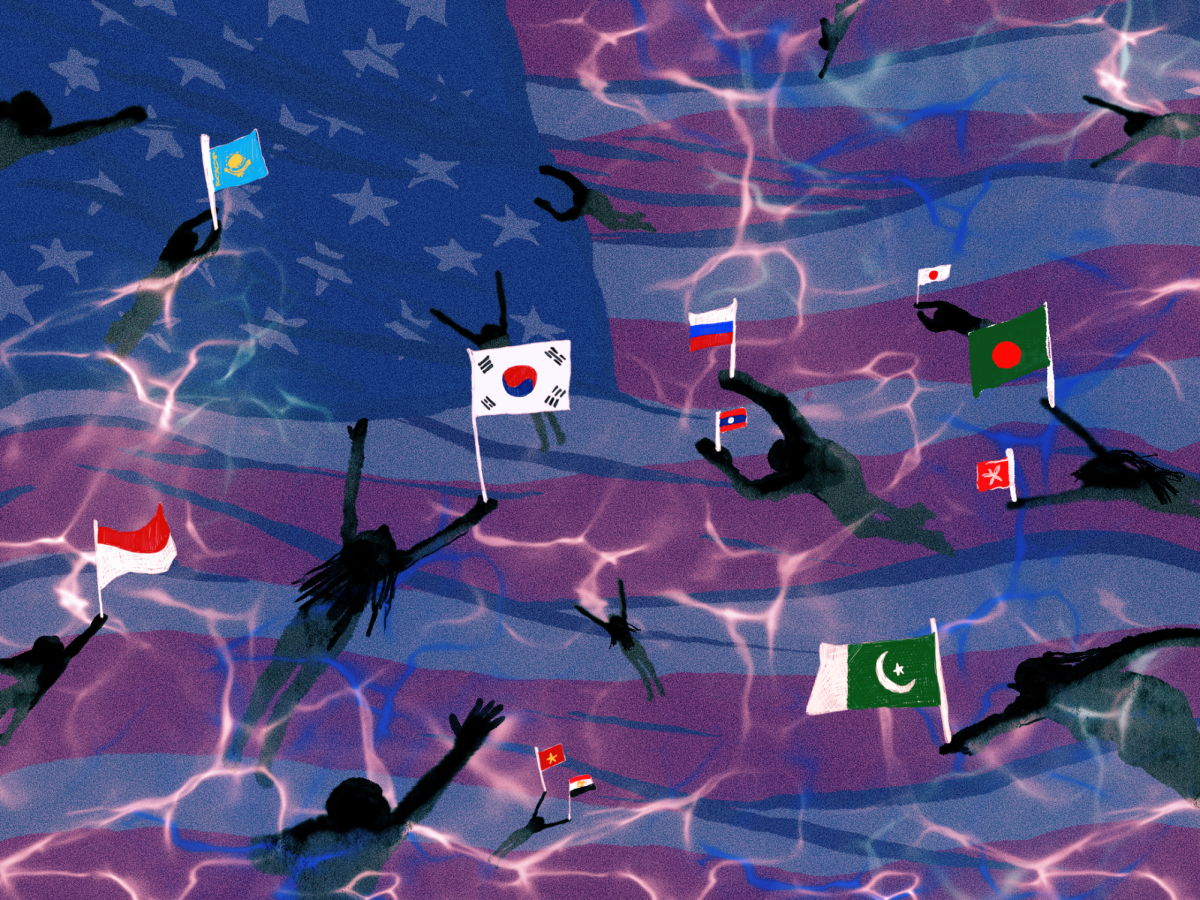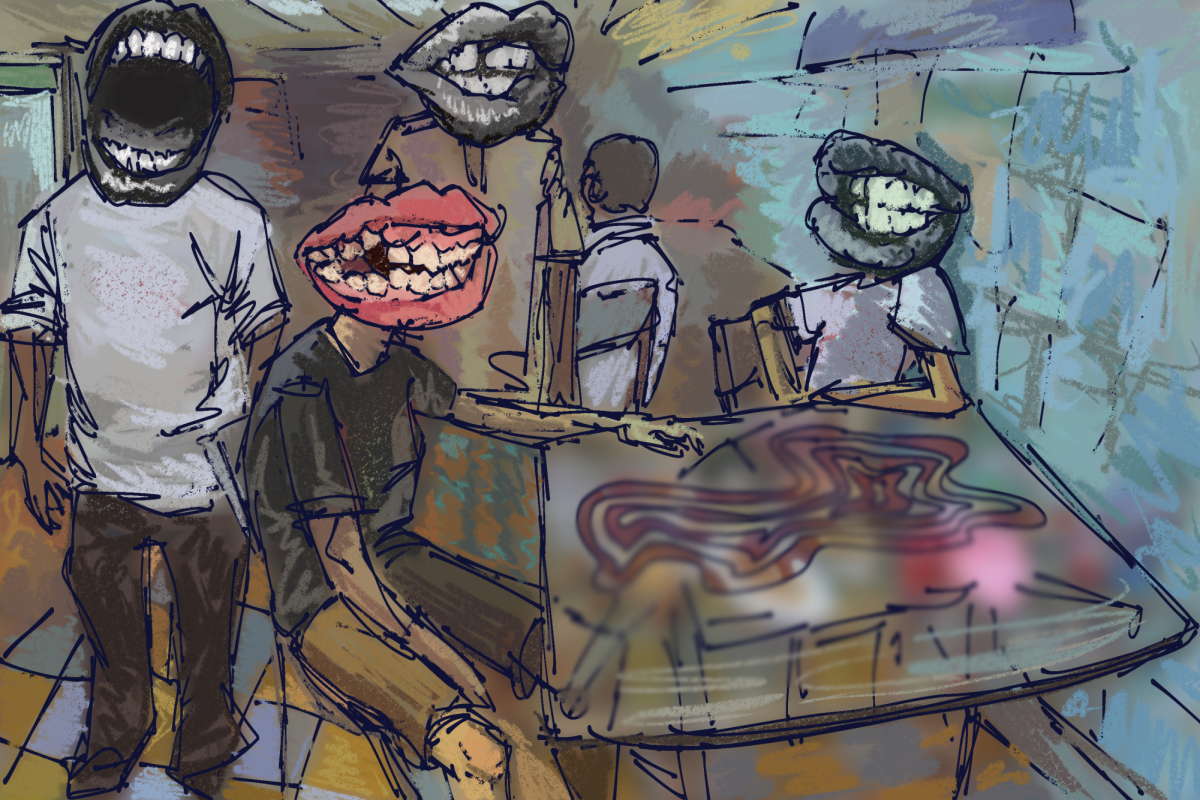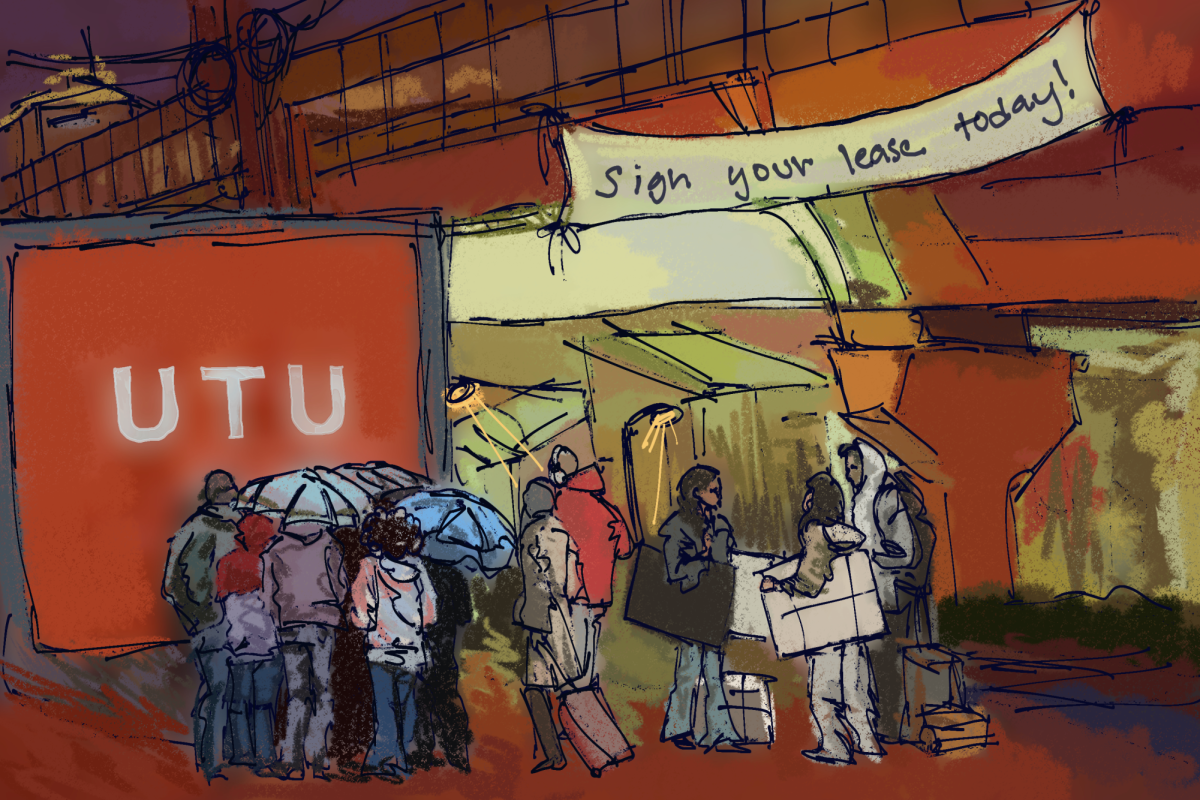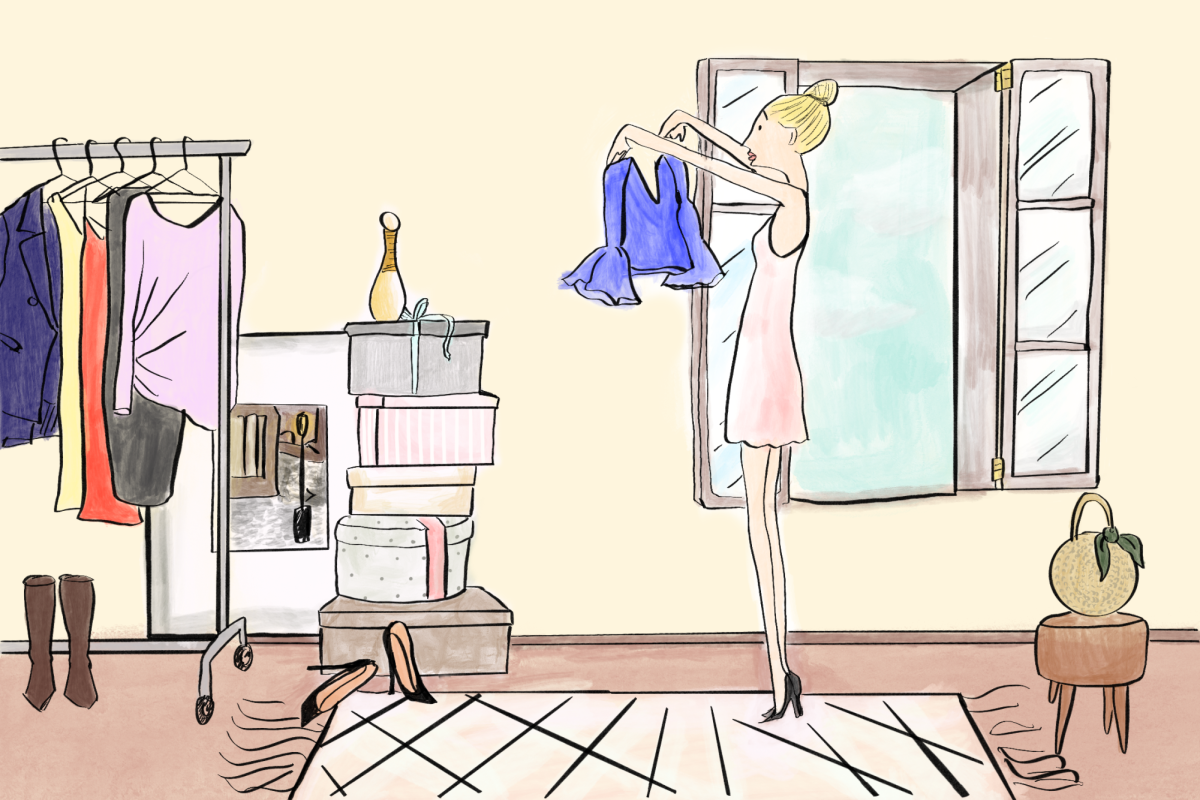Marcus Coleman was a freshman when he went downtown to drink with his sister last year. Today, he has no idea what happened. That night, Coleman blacked out.
“When I woke up the next morning, I didn’t remember what had happened the night before,” Coleman, currently a biology sophomore, said. Although he’s grateful nothing happened that he regretted, he felt violated. “You have no idea what happened. If I weren’t with people that I trusted, I couldn’t have been totally sure what happened.”
A blackout happens when your blood alcohol content reaches a point where you no longer have the ability to store information and create memories. According to the National College Health Assessment conducted at UT in spring 2017, 68.7 percent of students reported drinking alcohol in the past 30 days. Nearly 40 percent of those students said they had five or more drinks the last time they partied.
This amount of alcohol would raise their BAC levels to the blackout range, meaning there are thousands of students who are potentially getting blackout drunk and are more likely to engage in risky or even criminal behavior. Normalizing blackouts — especially without fully understanding what they are or how they happen — is dangerous because it encourages destructive habits and heavy drinking.
College students go to parties, and more times than not those parties have alcohol. Between drinking games and the peer pressure students feel to have a good time, these parties make heavy drinking commonplace. This alone can hurt your body in ways that you can never recover from, such as liver or brain damage. But blackouts are especially harmful because they lead to risky behavior, which can be anything from STIs, to sexual assault, to drunk driving. It’s not normal to wake up and not know how you got there, and laughing off blackouts as just a part of college isn’t okay.
All UT students are required to take AlcoholEdu, an online program that educates students on safe drinking. The program does reference blackouts, but at no point does it reference how many drinks someone would need to have to blackout. This means students can walk away from the program thinking that blackouts aren’t a big deal or that they only happen to alcoholics.
Pharmacy professor Rueben Gonzales has researched alcohol’s effects on the body for over thirty years. Although his research is typically with chronic users, Gonzales said blackouts can still impact new drinkers. It’s all about how much you drink and how fast.
“If someone drinks four drinks in an hour for three hours … then I think they would likely reach the blackout phase,” Gonzales said. By that point, it would be obvious to the person they were drunk, but they might not know they’ve blacked out.
But that doesn’t mean people who blackout act sober. Since blackouts happen at higher BAC levels, their behavior and decision making skills are more dramatically altered than someone who is sober or tipsy. The only difference between someone who is extremely drunk and blackout drunk is their memory of the night before.
Unfortunately, it’s nearly impossible for an outsider to tell when someone has started to blackout since there’s no visible change when they do. And in the moment, the person might not know they have blacked out, either. Students who go into the night drinking need to have a limit in mind, and friends that will hold them to that limit, not encourage them to keep drinking.
Stop thinking blackouts are normal. It can at least save you the embarrassment of not remembering the night before. At most, it can prevent you from harming yourself or those around you in ways that can impact you long after the hangover wears off.
Newman is a journalism junior from Frisco.

